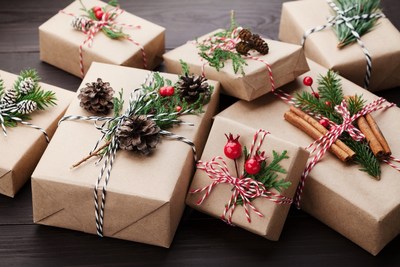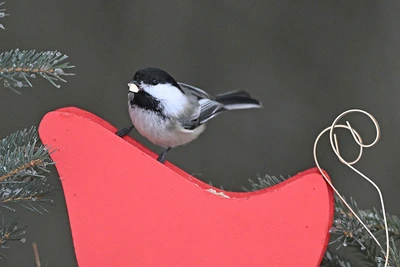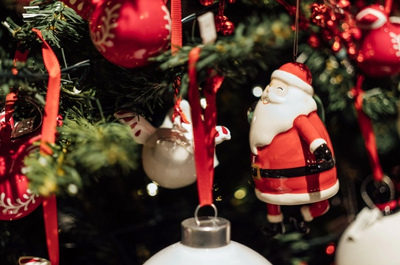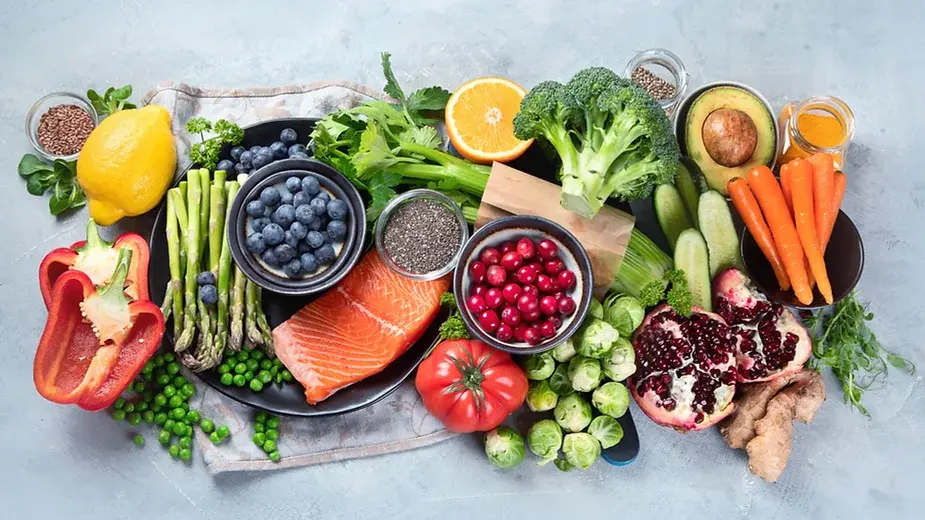
Freezing Fruits and Vegetables
Freezing is an excellent way to preserve fresh fruit and vegetables while maintaining the natural color, fresh flavor and nutrients. Freezing is one of the easiest, most convenient and least time-consuming ways to preserve foods at home.
Freezing does not sterilize food; the extreme cold simply retards growth of microorganisms and slows down changes that affect quality or cause spoilage in food. Freezing stores food at such low temperatures that no micro-organism growth can occur.
It is important to start with high-quality fruit and vegetables and get the product from the garden to the freezer in as short a time as possible.
Some enzyme activity can still go on in frozen vegetables, giving off flavors. Vegetables are usually blanched briefly before freezing to prevent this.
Instead of cooking daily, why not cook larger quantities and freeze leftovers in suitable freezer containers. Defrost food, heat and enjoy. Dinner is ready!
Freezing vegetables is fast and easy when following these suggestions:
Suitable Containers for Freezing
Proper packaging is necessary to prevent freezer burn, oxidation and formation of ice crystals inside the freezer container.
Before preparing vegetables for freezing, assemble the containers you will use. Freezer containers should be moisture and vapor resistant, durable, easy to seal, and should not become brittle at low temperatures. Suitable packaging for freezing are:
- Boilable bags
- Freezer paper
- Heavy-duty aluminum foil
- Glass containers
- Rigid plastic freezer containers
- Freezer grade plastic bags
Unblanched freezing method
This method is great for vegetables like: onions, peppers and herbs.
It is the preferred method for berries and fruits that you use while still partially frozen.
It is important to remove as much air as possible from packages before freezing to prevent oxidation.
To package vegetables loosely: Place clean vegetables or fruit in a single layer on a cookie sheet in the freezer. Once fruit and vegetables are frozen, transfer to freezer bags or other suitable containers.
- Make sure work area and all equipment is clean.
- Wash and drain vegetables.
- Prepare fruit or vegetables: peel, slice, dice, chop, julienne, or leave whole.
- Pack in freezer bags, expelling as much air as possible.
- Label and date.
- Place bags in a single layer in freezer.
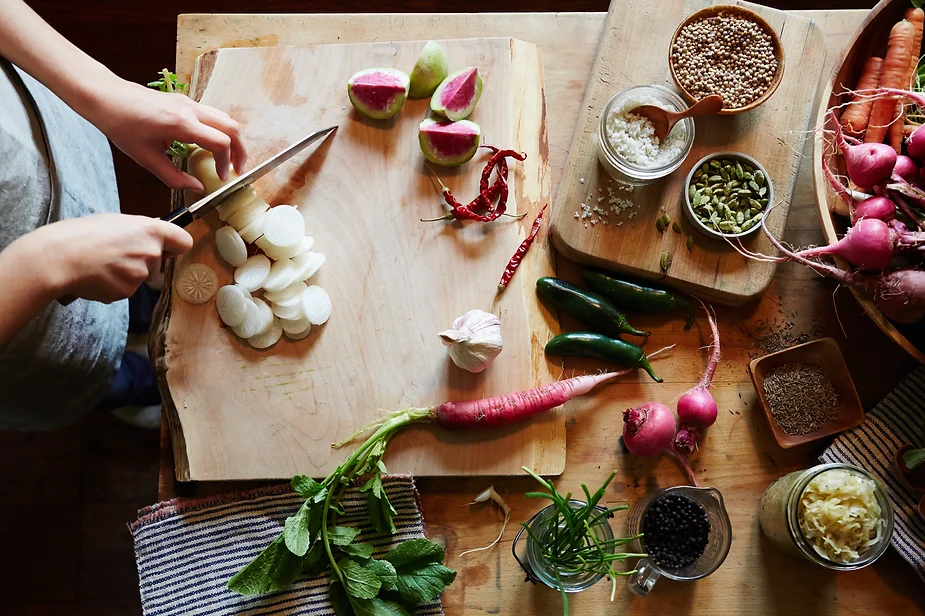
Blanched Freezing Method
Blanching and prompt cooling are necessary steps in preparing practically every vegetable, for freezing. The quality of frozen fruit and vegetables depends on the quality of the fresh products you start with.
This is the standard method of freezing vegetables.
- Make sure work area and all equipment is clean.
- Wash and drain vegetables.
- Prepare vegetables: peel, slice, dice, chop, julienne, or leave whole.
- Fill large pot with water and heat to boiling.
- Clean sink and fill with ice water.
- Blanch the vegetables for recommended time.
- Cool the vegetables quickly in ice water. Cooling time is approximately the same as for blanching.
- Drain as much water as possible. Pat dry with a towel.
- Freeze on cookie sheets for easy separation.
- Place in freezer bags or containers. Remove as much air as possible from containers.
- Label and date.
- Place bags in a single layer in the coldest part of the freezer.
In case of power outage
What happens when the freezer fails or is accidentally unplugged?
- If at all possible, wait until power is on before opening the freezer door. Each door opening increases the interior temperature and decreases the time foods will hold safely without power.
- There are also questions about food safety. Do not eat anything that has been thawed or partially thawed, or you are unsure of.
Minimizing Freezer Burn
Freezer burn is caused by air getting into freezer containers. Unless you vacuum seal, there will be air in any container. The longer the item is kept in the freezer, the more freezer burn there will be.
- Before freezing completely cover the top of the food with plastic wrap, pressing the wrap firmly to eliminate any air. Cover with tight lid.
- Using plastic wrap as a cover will prevent air from coming in contact with the frozen food. If the lid is not tight enough, cover the top with more plastic wrap, this will tighten the seal.
Blanching Vegetables
Blanching is when a vegetable, is plunged into boiling water, removed after a recommenced cooking time, and plunged into iced water to halt the cooking process.
Blanching and prompt cooling are essential in preparing vegetables, for freezing.
- If vegetables are not cooked for the recommended amount of time, they can toughen or develop off-flavors and colors.
- Blanching wilts or softens vegetables, making them easier to pack.
- Blanch by placing a small amount of vegetables in a large pot of boiling water and cover with lid. Start counting time as soon as the vegetables are in the boiling water. Keep heat on high for the total blanching time specified in the following chart. Follow the recommended blanching time for each vegetable.
- After vegetables are blanched, drain and submerge the vegetables immediately into a large quantity of ice water. When vegetables are cooled, remove from water and drain thoroughly. Pat dry with a towel.
- Package immediately and freeze.
Freezing Methods
For quickest freezing, place packages at least 1 inch apart against freezer plates or coils. After vegetables are frozen, rearrange packages and store close together.
Place the blanched and drained vegetables into airtight, freezer bags or containers. Pack tightly to reduce the amount of air in the package.
Place chilled, well-drained vegetables in a single layer on shallow trays or pans. Place in freezer until firm, then remove and quickly fill bags or containers. Remove air, close and freeze immediately.
Tray-packed foods do not freeze in a block but remain loose so that the amount needed can be poured from the container and the package reclosed.
Thawing and Preparing Vegetables to Eat
Vegetables can be cooked with little or no thawing.
- Because the vegetables were blanched before freezing, they will cook quickly.
- Use the smallest amount of water possible to conserve nutrients.
- After cooking vegetables, drain and serve and enjoy!
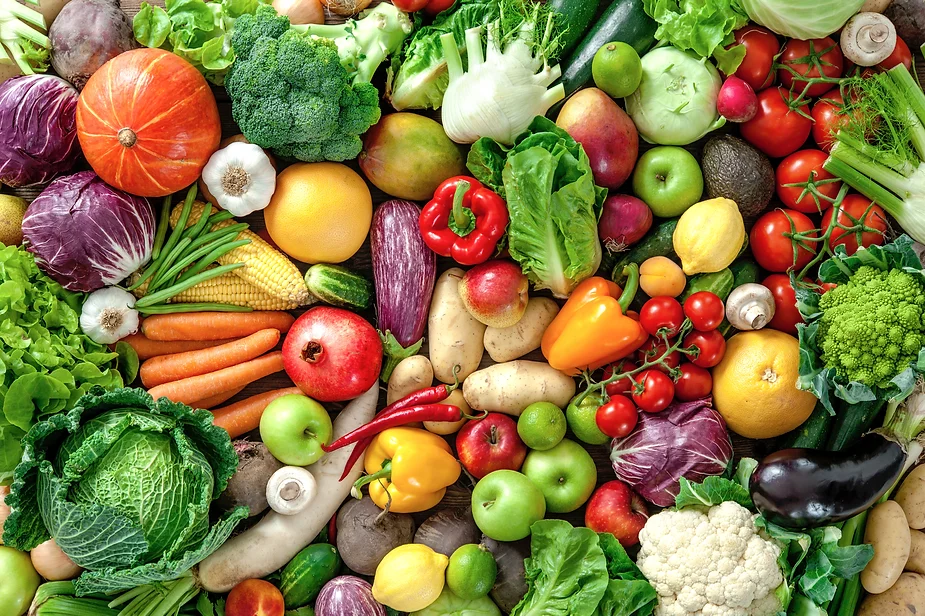
How to Freeze Different Vegetables
The quality of frozen vegetables depends on the quality of the fresh products you start with. Always start with the freshest ingredients available
- Asparagus: wash and cut off any spears and woody parts. Cut in half and blanch in boiling water for 3 minutes. Let cool in ice water for 3 minutes and drain. Put wax paper on a cookie tray, place the asparagus out on the sheet, and freeze for a half-hour. Pack in freezer bags, remove air and freeze.
- Beans: Wash and remove ends. Leave whole or slice into 1½-inch lengths. Blanch 3-4 minutes, cool and drain. Put wax paper on a cookie tray, place beans on the sheet, and freeze for a half-hour. Pack in freezer bags, remove air and freeze.
- Beets: Wash, Trim tops leaving ½ inch of stem. Cook in boiling water until tender. Cool, peel and cut into slices or cubes. Put wax paper on a cookie tray, place beets on sheet, and freeze for a half-hour. Pack in freezer bags, remove air and freeze.
- Broccoli: Use the tender stalks and heads without flowers, split into pieces about 1½” across. Wash thoroughly, blanch for 3-4 minutes, cool in ice water for three minutes and drain. Put wax paper on a cookie tray, place broccoli on the sheet, and freeze for a half-hour. Pack in freezer bags, remove air and freeze.
- Brussel sprouts: Trim and remove outer leaves. Blanch 3-4 minutes, cool and drain. Put wax paper on a cookie tray, place brussel sprouts on the sheet, and freeze for a half-hour. Pack in freezer bags, remove air and freeze.
- Cabbage: Strip the outer leaves off and wash the rest. Cut into thin strips or shred and blanch for 1 ½ minutes. Cool in ice water for one-two minutes and drain. Put wax paper on a cookie tray, place cabbage on the sheet, and freeze for a half-hour. Pack in freezer bags, remove air and freeze.
- Carrots: Wash, peel and chop any large carrots into smaller pieces. Blanch 3-4 minutes, cool and drain. Put wax paper on a cookie tray, place carrots on the sheet, and freeze for a half-hour. Pack in freezer bags, remove air and freeze.
- Cauliflower: Use the tender stalks and heads, split into pieces about 1½” across. Wash thoroughly, blanch for three minutes, cool in ice water for three minutes and drain. Put wax paper on a cookie tray, place cauliflower on sheet, and freeze for a half-hour. Pack in freezer bags, removing air and freeze.
- Corn on the cob: Clean well and remove all silk. Blanch a few cobs at a time for 5-7 minutes, depending on size. Chill in iced water 5-7 minutes. Drain and wrap each cob in plastic wrap. Pack in freezer bags, making sure to remove air.
- Celery: Wash the tender stalks and cut into one inch pieces. Blanch for two minutes, chill for two minutes, drain and freeze. Put wax paper on a cookie tray, place celery in a single layer on the sheet, and freeze for a half-hour. Pack in freezer bags, removing air and freeze.
- Eggplant: Wash, peel and slice. Blanch, cool and drain. Put wax paper on a cookie tray, place eggplant in a single layer on the sheet, and freeze for a half-hour. Pack in freezer bags, remove air and freeze.
- Onions: Peel and either chop or cut into rings. Wrap in layers of plastic wrap and store in an airtight plastic container or freezer bag. Freeze up to three months.
- Parsnips: Remove tops, wash, peel and cut into ½ inch cubes or slices. Blanch, cool and drain. Put wax paper on a cookie tray, place parsnips in a single layer on the sheet, and freeze for a half-hour. Pack in freezer bags, remove air and freeze.
- Peas: Shell, wash, blanch 1-2 minute, cool and drain. Put wax paper on a cookie tray, place peas in a single layer on the sheet, and freeze for a half-hour. Pack in freezer bags, removing air.
- Peppers: Wash, remove seeds, and slice into strips. Put wax paper on a cookie tray, place peppers in a single layer on the sheet, and freeze for a half-hour. Pack in freezer bags, remove air and freeze.
- Pumpkin and Squash: Wash, cut into small pieces and remove seeds. Cook until soft in boiling water. Remove skin. Mash cool, package and freeze.
- Tomatoes: Wash, peel and remove stems, cut into halves, quarters, or leave whole. Put wax paper on a cookie tray, place tomatoes in a single layer on the sheet, and freeze for a half-hour. Pack in freezer bags, remove air and freeze.
- Turnips: Wash, peel and cut into ½ inch cubes. Blanch, cool and drain. Put wax paper on a cookie tray, place turnips in a single layer on the sheet, and freeze for a half-hour. Pack in freezer bags, remove air and freeze.
Freezing Fruit
Freezing is one of the easiest, most convenient and least time-consuming way to preserve fruit. Fruits may be frozen in their raw state.
Frozen fruit will retain much of their fresh flavor and nutritive value but may be somewhat softer than fresh fruit.
Fruit frozen without sugar is great for making jams, baking, pies and other sweet delicious mouth-watering treats.
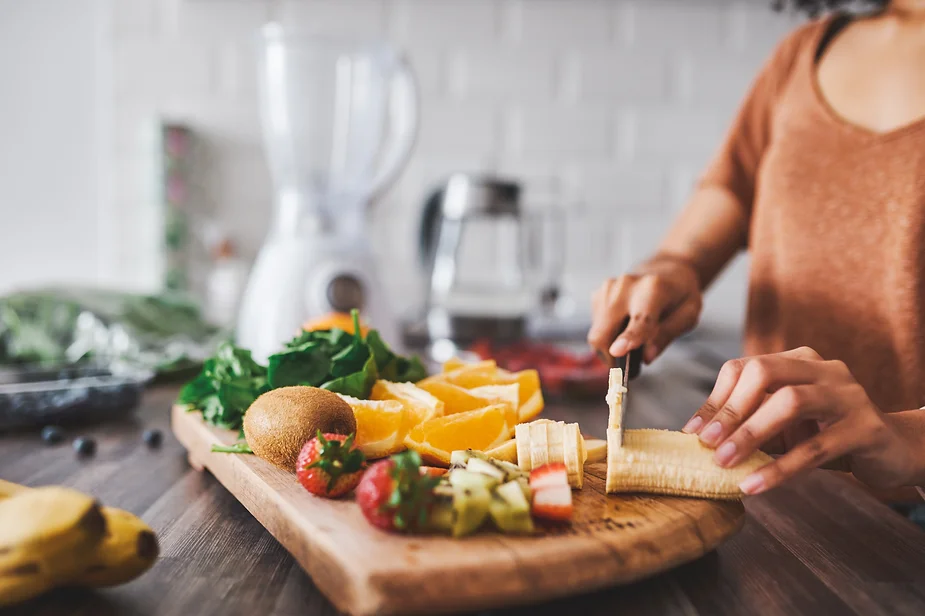
Selecting Freezer Containers
Before preparing fruit for freezing, assemble the containers you will use.
Freezer containers should be moisture and vapor resistant, durable, easy to seal, and should not become brittle at low temperatures. Suitable containers for freezing fruit are:
- Glass containers
- Canning jars
- Rigid plastic freezer containers
- Freezer grade plastic bags
Preparing the Fruit
Sort, wash and drain fruits carefully. Do not allow fruit to soak in water. Prepare fruits by removing stems, pitting, peeling or slicing.
Spread small, whole fruits, such as strawberries, raspberries, blueberries and sweet cherries, in a single layer on shallow trays and freeze.
Remove frozen fruit from trays and package in airtight, labeled containers. Remove as much air as possible, seal and return promptly to freezer.
Preventing Discoloration
Some fruits such as peaches, apples, pears and apricots darken quickly when exposed to air and during freezing.
Ascorbic acid is effective in preventing discoloration in most fruits.
Not only does it preserve natural color and flavor of fruits, but it adds nutritive value as well. “Vitamin C”
Have more questions? Visit your local Buckerfield's and we'll be happy to help!

